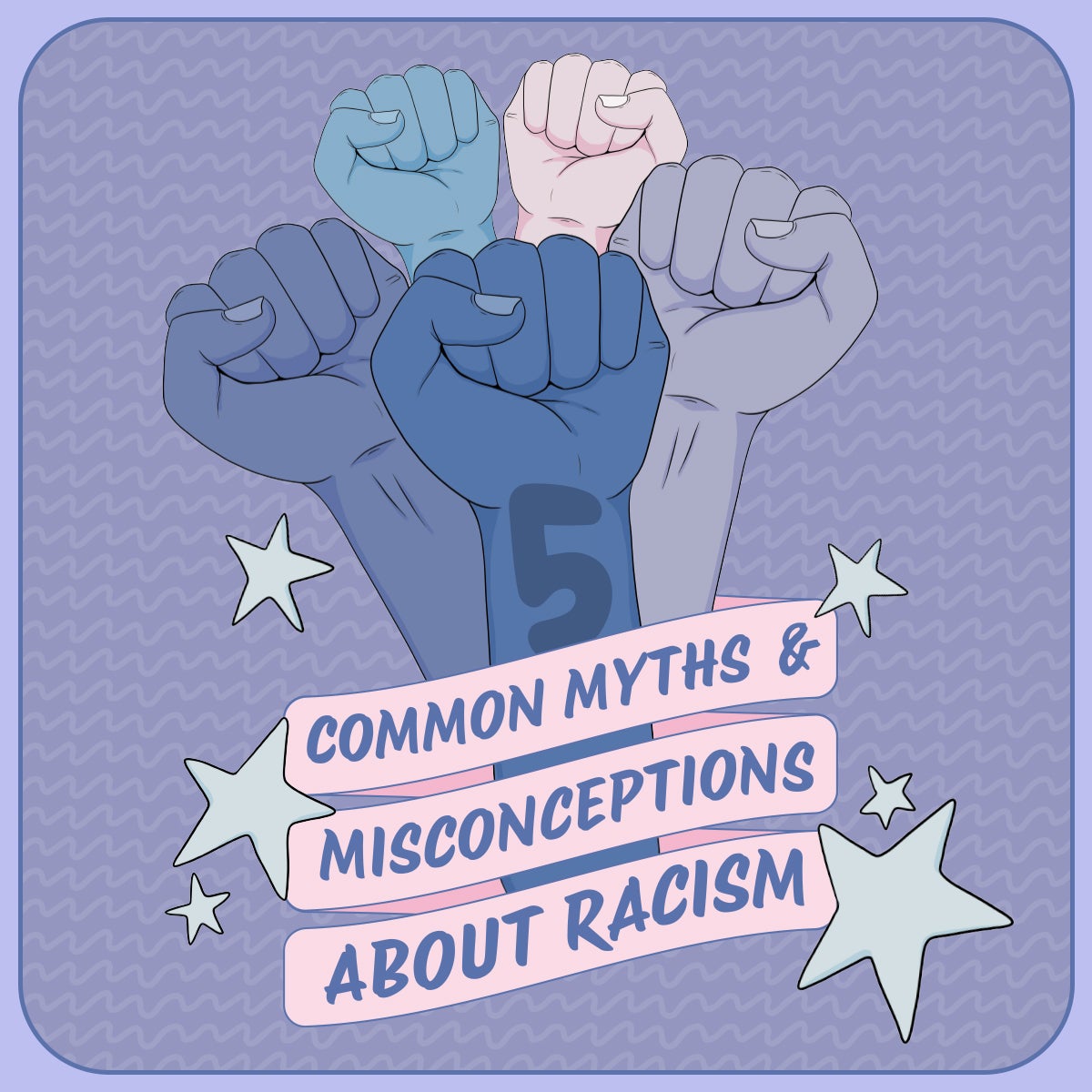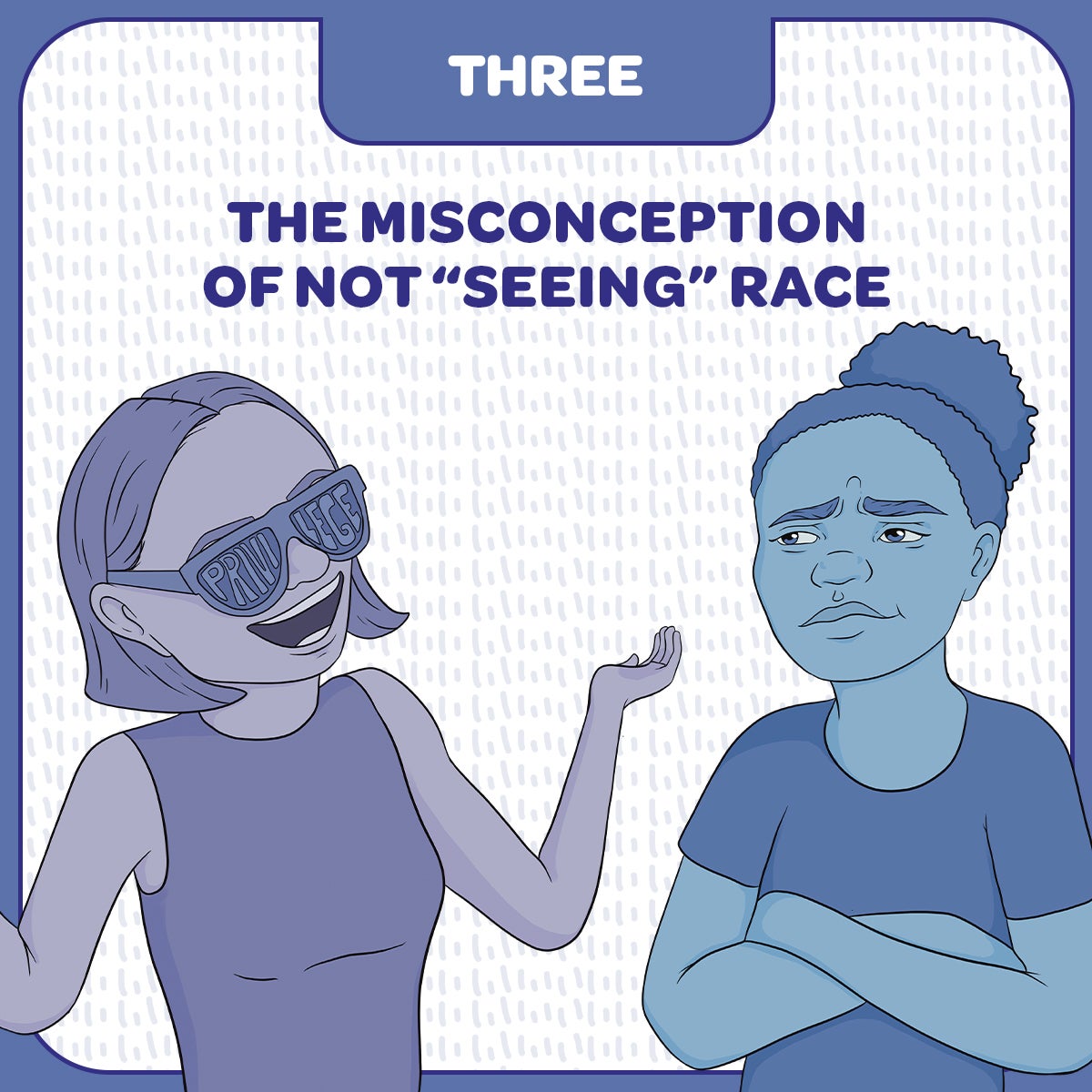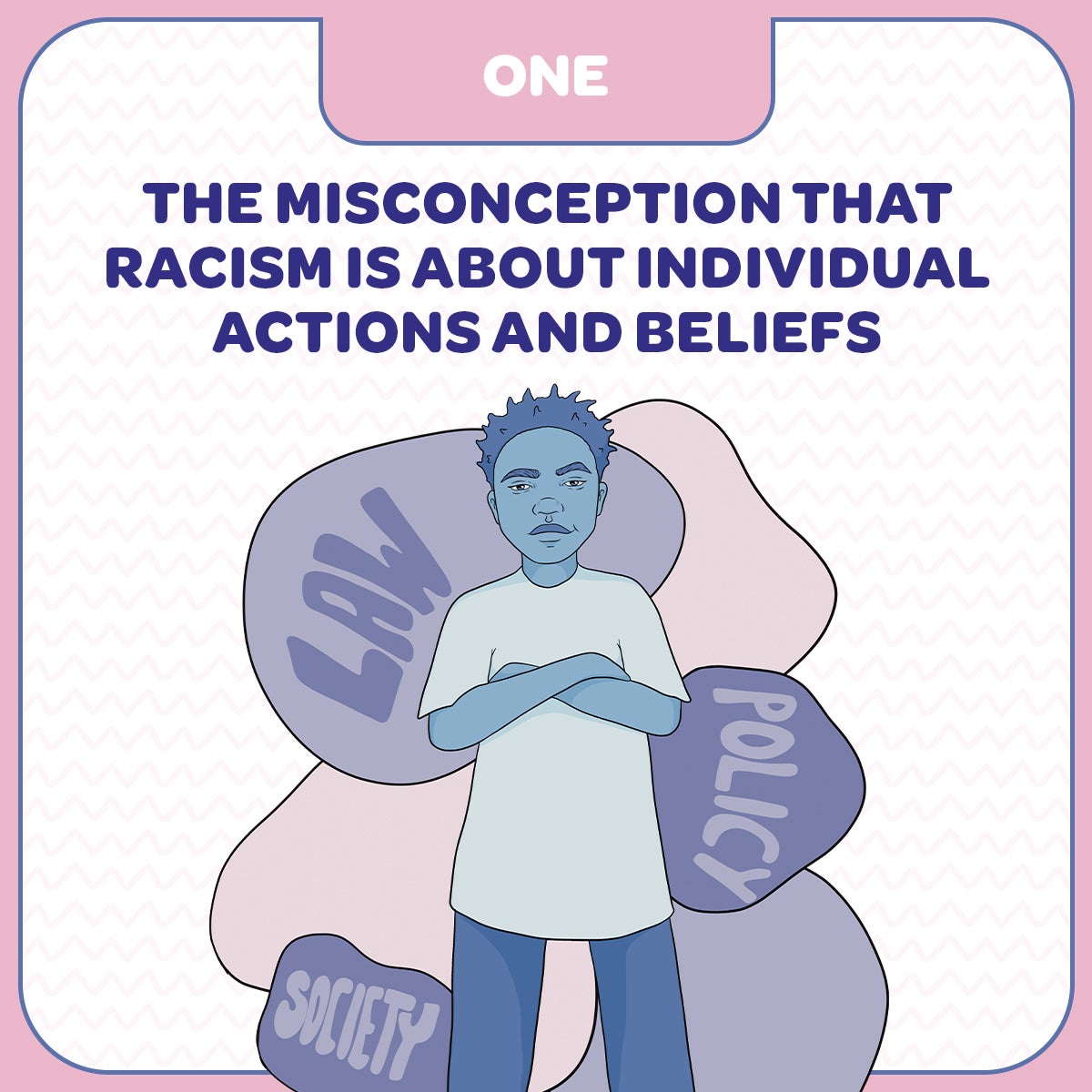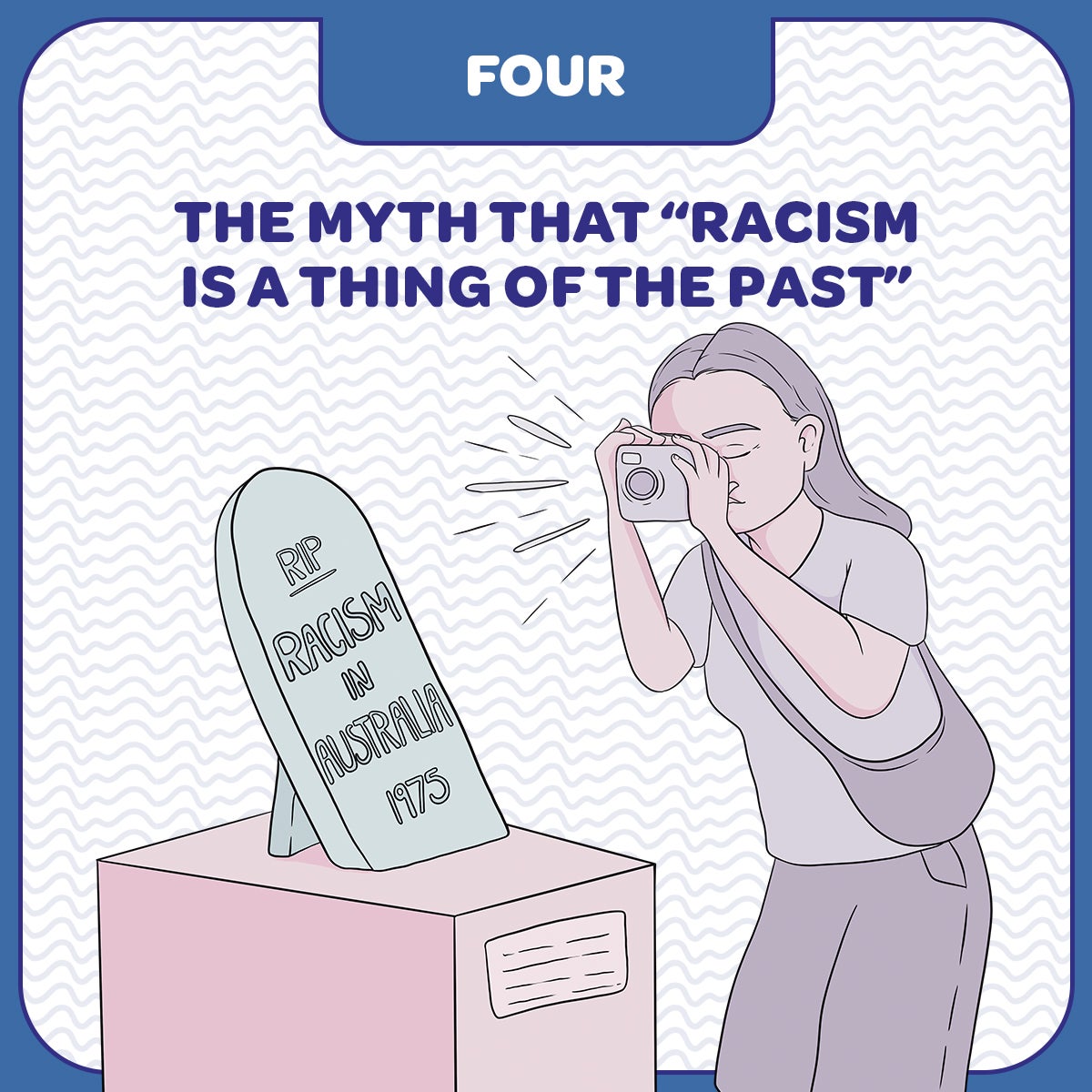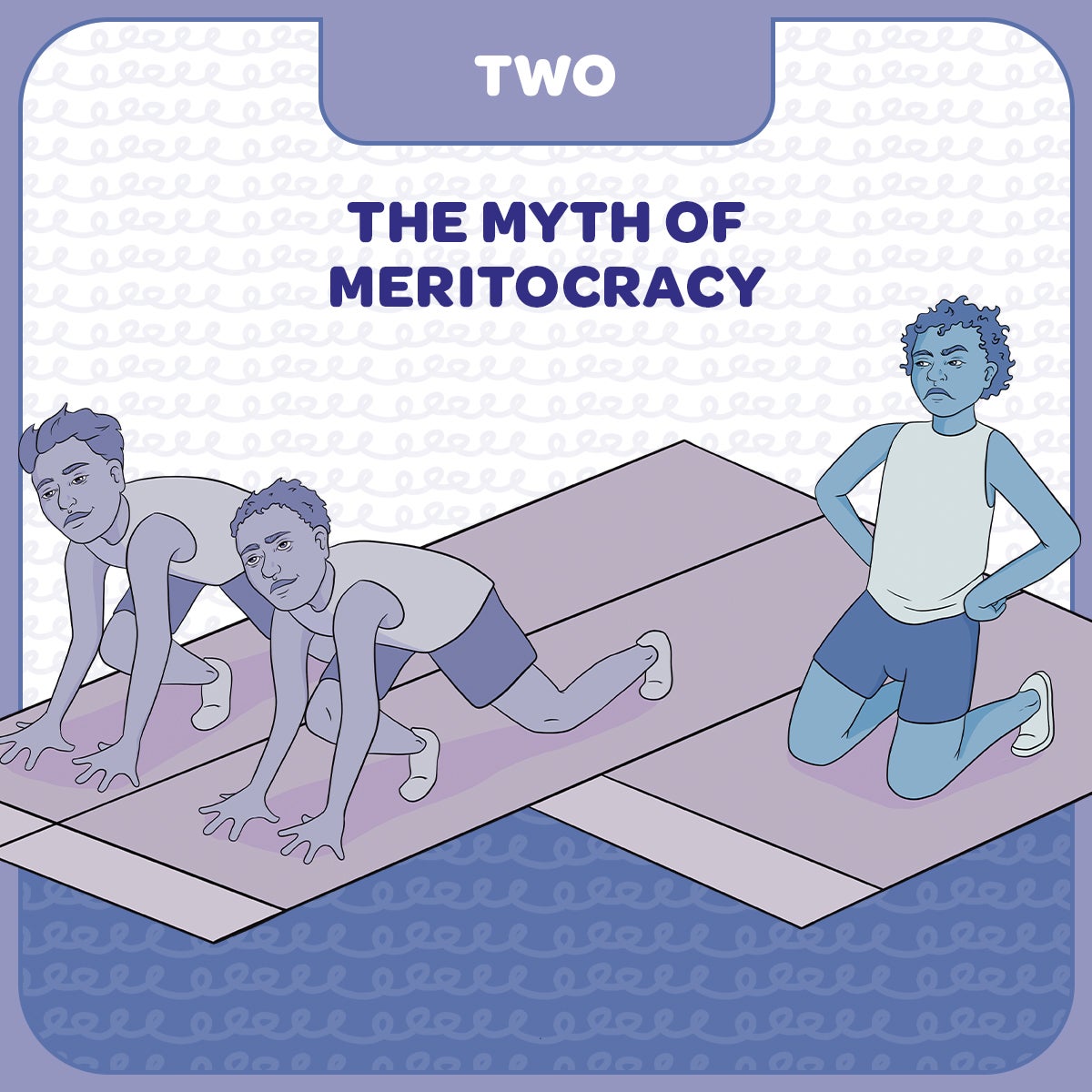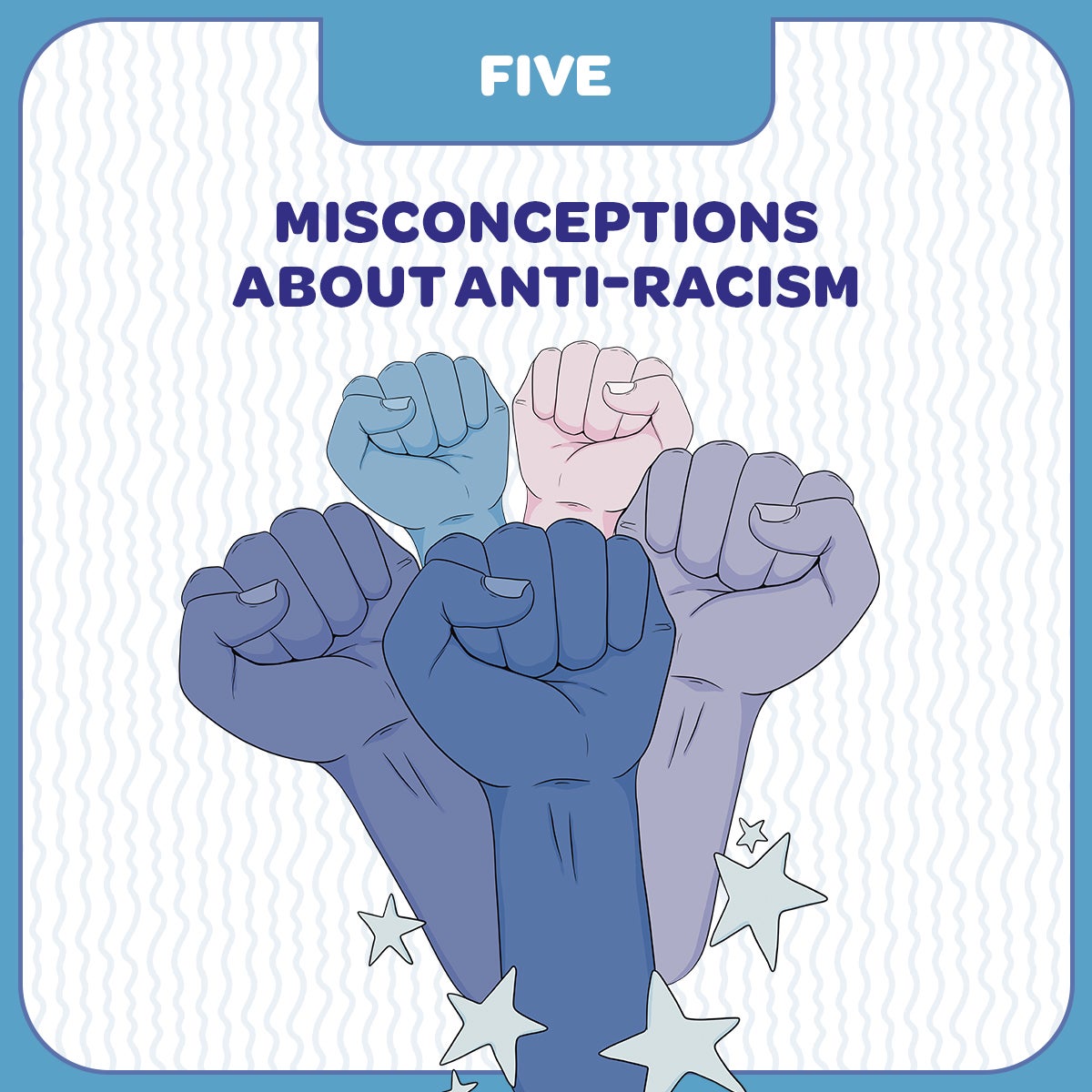Race Reporting Handbook
Journalists play a critical role in the way people are racialised. That’s why the Australian Human Rights Commission, in partnership with Media Diversity Australia, has produced the Race Reporting Handbook to help overcome misrepresentation and stereotyping.
From reporting on First Nations people reinforcing stereotypes to the cultural burden placed on people with lived experience of racism in newsrooms, the handbook reveals the inequity in our current media landscape and includes tips for newsrooms to overcome it.
Race Discrimination Commissioner Giridharan Sivaraman said: “The media has the power to decide who tells stories, whose stories are told, and how they are told. If you are white, you are often centred in nearly every aspect of the media and rarely, if ever, need to be concerned about the way in which the media represents your race.”
"Responsible reporting which is built on racial literacy is essential for creating any anti-racist society. It’s time to shift narratives from sensationalist headlines and move to editorial decision-making that are reflective of stories that showcase strengths rather than diminish negatively racialised communities.
“The handbook contains principles and checklists for anti-racist journalistic and editorial practices, including recruitment for greater diversity in media workplaces. Inclusive storytelling will better amplify underrepresented voices for more robust reporting,” Commissioner Sivaraman said.
Media Diversity CEO Mariam Veiszadeh highlighted the need for the handbook at a critical juncture in the Australian media landscape.
“If a person were of an Anglo background, would you, for example, reference their race? This is a crucial question to consider.
“Enhancing the racial literacy of a sector that informs and shapes the health of our democracy can result in more nuanced and inclusive reporting, greater audience reach, and a stronger, more resilient democracy.
The Race Reporting Handbook addresses how to combat structural and systemic racism in Australia's media landscape. It emphasises an anti-racist approach to reporting to assist media professionals in building stronger community connections and adopting more inclusive editorial policies.
